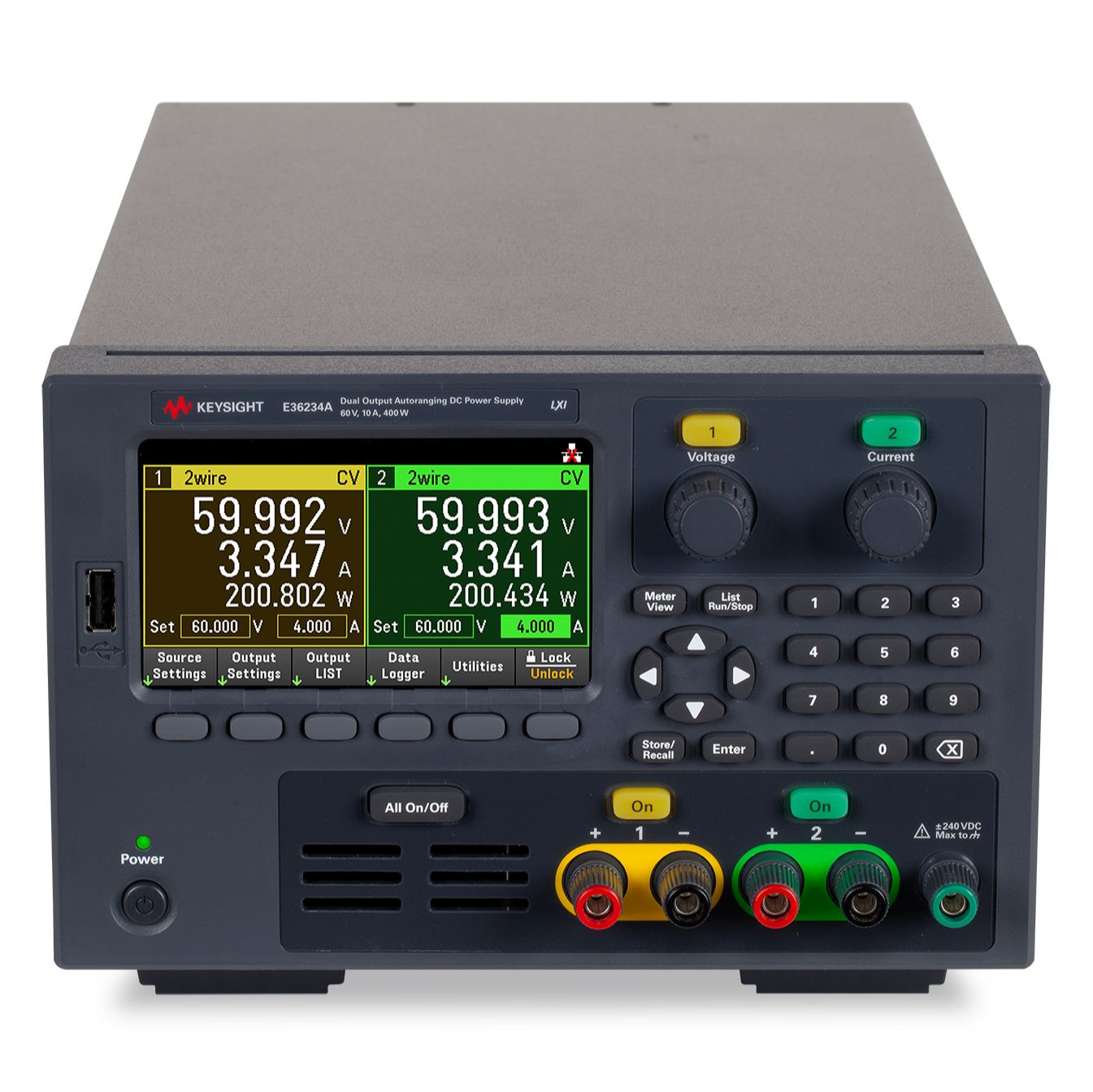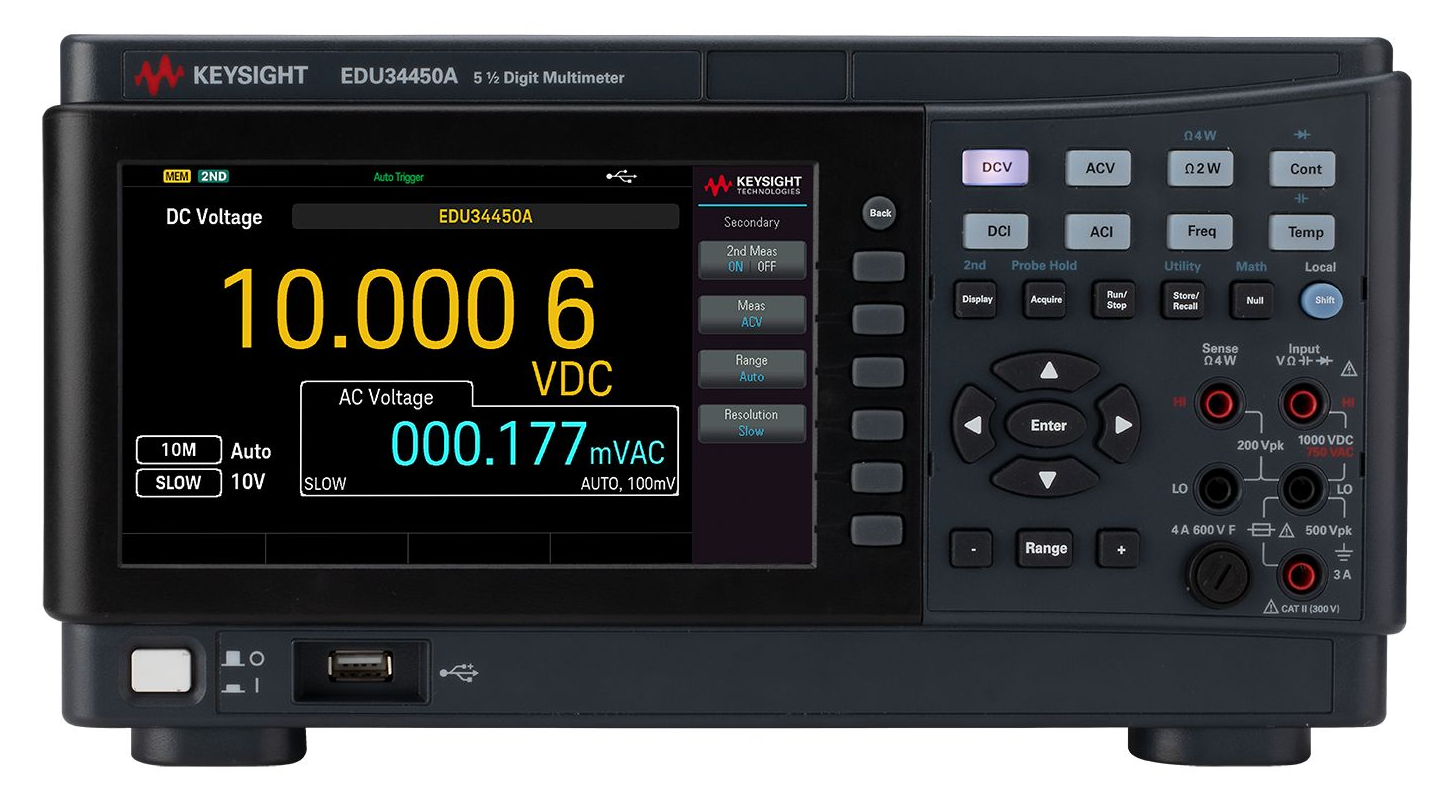Recognizing the critical role of corrosion processes in non-ferrous functional alloys, we established at the Chair of Nonferrous Metallurgy, the [X-MAT]’s Electrochemical Laboratory for Aluminium (ELA). We focus on advanced corrosion and hydrogen embrittlement studies on past, present and next-generation aluminium alloys, particularly those tailored for aerospace and high-performance applications.

Our ongoing research has led to the development of innovative anti-corrosion strategies, including novel anodisation strategies enhanced by inhibitors made of metal-based compound nanoparticles to improve corrosion resistance (https://doi.org/10.1016/j.apsusc.2020.147634).
We are also pioneering material solutions for self-healing corrosion protection in both gaseous and liquid environments at the microstructural level (https://doi.org/10.1016/j.corsci.2023.111330).
Furthermore, our recent findings—based on both electrochemical and microstructural analyses—demonstrate that high-performance titanium nitride structural coatings significantly enhance the corrosion resistance of aluminum-based proton exchange membrane fuel cells. This advancement not only reduces manufacturing costs but also extends durability, reinforcing aluminum’s role as a key material in the advancement of fuel cell technology (https://doi.org/10.1021/acsmaterialslett.4c01303).
By integrating cutting-edge electrochemical techniques, ELA aims to push the boundaries of aluminium alloy durability and performance, contributing to more resilient and sustainable engineering solutions.
Electrochemical Laboratory for Aluminium (ELA)

Keysight E36234A DC power supply
Dual-output, auto-range: 2 x 60 V, 10 A, 400 W.
Remote access with LAN and USB interface.
Programming Accuracy ± (% of output + offset)
– Voltage: 0.03% + 8 mV
– Current: 0.1% + 3 mA
Ripple & Noise (20 Hz to 10 MHz)
– Normal Mode Voltage: <350 µVrms / 3.5 mV p-p
– Normal-mode current: <1 mA rms
Readback Accuracy ± (% of output + offset)
Low Range Current, <50 mA: 0.25% + 80 uA

Keysight EDU34450A Smart Digital Multimeter
The Keysight EDU34450A is a modern benchtop digital multimeter that is part of the Keysight Smart Bench Essentials Series of four unique instruments that harness one powerful graphical interface to connect, control, and capture measurement data. It features 5.5 digits of resolution and up to 110 readings/s measuring rate for speed-critical tests.


In situ, In operando, and remote electrochemical monitoring with Arduino Uno R4 WiFi
We are developing a series of in situ and in operando monitoring systems for researching hydrogen charging and corrosion processes in aluminum. Our goal is to enable precise, real-time electrochemical analysis using a combination of advanced Arduino-based sensors for continuous data collection.
As part of this system, we have already integrated a professional pH sensor and monitoring setup allowing data collection on microSD cards. The industrial-grade pH sensor we use is designed for long-term online monitoring, featuring a robust glass membrane with low impedance for fast response and excellent thermal stability. The reference system, consisting of an Ag/AgCl gel electrolyte salt bridge, ensures a stable half-cell potential with superior resistance to contamination. Its ring PTFE membrane prevents clogging, making it ideal for continuous operation.
By combining this pH monitoring system with additional electrochemical sensors and remote data logging capabilities, we are expanding our ability to monitor and analyze hydrogen charging and corrosion processes with high accuracy. This integration allows for remote tracking of electrochemical reactions, reducing manual intervention and enabling real-time response to environmental changes.
Module Power : 5.00V
Module Size : 43mmx32mm(1.70″x1.26″)
Measuring Range: 0-14PH
Measuring Temperature :0-60 ℃
Accuracy : ± 0.1pH (25 ℃)
Response Time: ≤ 1min
Industry pH Electrode with BNC Connector
pH2.0 Interface ( 3 foot patch )
Gain Adjustment Potentiometer
Power Indicator LED

PathWave BenchVue Digital Multimeter App
The PathWave BenchVue DMM app provides DMM instrument control, multimeter automation, enabling’s ELA to understand measurements quickly.

Gamry´s Reference 3000 Potentiostat/Galvanostat/ZRA
The Reference 3000™ is a high-performance potentiostat/galvanostat/ZRA recommended for battery, capacitor, or fuel cell development, as well as general electrochemical measurements requiring higher currents.
Key features include:
– Electrochemical Impedance Spectroscopy from 10 μHz to 1 MHz.
– High-current, high-performance.
– Maximum Applied Potential – Up to +/-32V@+/-1.5A or +/-15V@+/-3A.

Keyence Digital Microscope VHX-7000N
The Keyence VHX-7000N Digital Microscope offers flexible imaging with magnification ranging from 20x to 6,000x without manual lens changes. It ensures precise observations, keeping objects in complete focus even at high magnifications. Users can perform real-time 2D and 3D measurements and analyses directly on captured images. The Optical Shadow Effect Mode enables high-resolution imaging of minute surface details with a single click. Additionally, the microscope facilitates material identification and elemental analysis without the need for sample preparation or a vacuum environment.

FEI Versa 3B Focused Ion Beam
Site-specific sample preparation for transmission electron microscopy (TEM), and atom probe tomography (APT) requires specific preparation methods. The Dual Beam Focused Ion Beam Versa 3D device by FEI combines a focused ion beam column (FIB) and a scanning electron microscope column (SEM). This duality offers the possibility of cross-section imaging during the ion beam does material milling/etching and/or deposition. In combination with Energy Dispersive Spectroscopy (EDS) enables elemental mapping, and in combination with Electron Backscatter Diffraction (EBSD) offers the possibility of crystallographic analysis.
Use in collaboration with the Department of Materials Science

